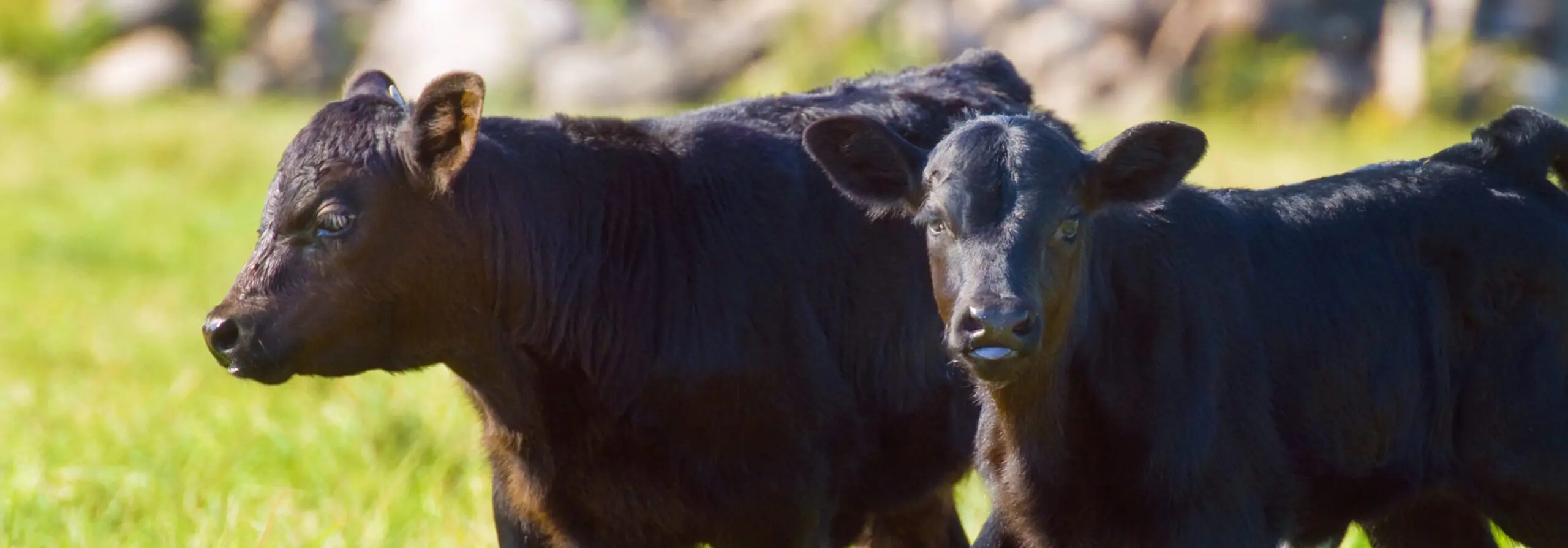
IMPLANTS
What are the Cattle Implant Changes for Beef Producers?
New FDA guidance states that just one steroid implant can be administered to beef cattle during the backgrounding and finishing phase of production unless the implant has a label claim for reimplantation.
Under new guidance from the FDA updated in Appendix III of Guidance for Industry #191, cattle production phases are defined to provide specific direction on use of implants during certain production phases.
What to Know About the Implant Changes
The FDA announced big changes for beef cattle producers who use cattle ear implants. Cattle implants are used in beef production to stimulate growth and improve feed efficiency. However, product labeling on some implant packaging does not clearly state direction regarding reimplanting for the end-user. The FDA acknowledges the labeling for cattle implants is not specific for the action of reimplantation within a specific production phase.
As of June 30, 2023, if the product label does not clearly indicate directions for reimplanting, only one implant may be given to an animal during a specific stage of growth.
The phases are defined as below:
- Beef calves under 2 months of age nursing their dam.
- Beef calves 2 months of age or older nursing their dam.
- Growing beef steers/heifers on pasture (stocker, feeder, slaughter).
Defined as weaned, growing beef steers and heifers (beef & dairy breeds) intended only for slaughter, maintained on pasture, and receiving most of their diet from grazing. - Growing beef steers/heifers in a dry lot (backgrounders).
Defined as weaned, growing beef steers (beef & dairy breeds) maintained in a dry lot. Receiving most of their diet from harvested forage (possibly with a supplement). - Growing beef steers/heifers fed in confinement for slaughter (feedlot cattle).
Defined as weaned, growing, and finishing beef steers (beef & dairy breeds) intended only for slaughter and confined in group pens; fed a progressively high-energy diet ad libitum as their sole ration. Also referred to as feed yard or feedlot cattle. Includes growing beef steers in a grow yard.- Growing beef steers/heifers in a grow yard.
Defined as part of growing beef steers fed in confinement for slaughter category—weaned growing beef steers (beef & dairy breeds) confined in group pens and fed a moderate-to-high roughage diet ad libitum as their sole ration prior to the finishing stage. Also referred to as starter yards or backgrounding yards.
- Growing beef steers/heifers in a grow yard.
How Do the New Implant Guidelines Affect My Current Cattle Implant Program?
Implants are currently labeled to define age, sex, and different production phases; although until recently, product labels of steroid implants for cattle do not include directions for reimplantation within the production stage for which they are intended. It is important to know, as an animal grows to different production phases, reimplanting is approved only in accordance with the product label.
Beef cattle are allowed to receive multiple implants across different production phases when using implants approved for that specific phase. Reimplanting during the same production phase will not be allowed unless the use of an implant specifically states on the product label that reimplanting is permitted.
The FDA states as of July 1, 2023, only implants labeled for reimplantation can be administered to cattle more than once during that specific production phase. Beef cattle producers are allowed to use multiple implants across different production phases outlined in GFI #191.
What Considerations Should I Keep in Mind When Purchasing Implants?
The next time you’re in the market for implants, check the label to understand if it’s approved for reimplanting within the same production phase or only a single specific production phase. When selecting implants, remember to consider using one which will remain active until the last days on feed to give you the best return on investment (ROI). Keeping the cattle sale date in mind, the duration of the implant will determine when to administer to the cattle.

